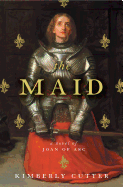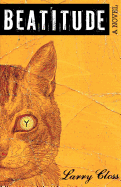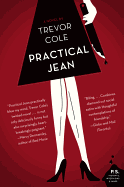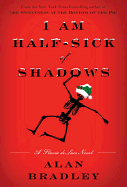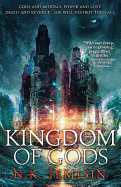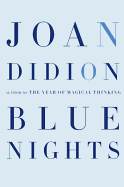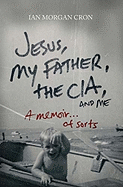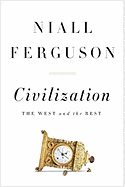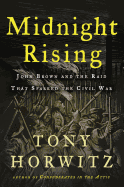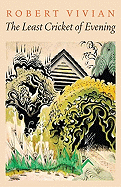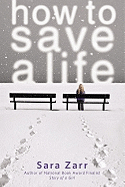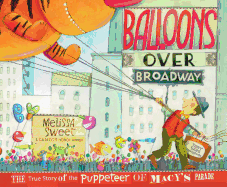The Slings and Arrows of Outrageous Fortune
Sometimes a movie with a shaky premise makes for a bad film but a good conversation starter.
Such is the case with Anonymous, the new Roland Emmerich film that opened this past weekend. Anonymous posits that Edward de Vere, the Earl of Oxford, was the actual author of the works attributed to William Shakespeare. The evidence is scant, but apparently it's the kind of conspiracy theory story that Hollywood often likes. (The movie also takes down Elizabeth I, portraying her in a way that makes a mockery of her appellation, the Virgin Queen.) The idea that Shakespeare didn't write the many plays and other works attributed to him is a recurring one. Besides the Earl of Oxford, Christopher Marlowe and Francis Bacon have been nominated as the true authors, among others. Even such fine minds as Sigmund Freud, Mark Twain and Henry James have doubted Shakespeare did what Shakespeare did. It's almost as if people can't accept that one mind could create so many masterworks of literature, especially someone who wasn't, as Hamlet said, "to the manner born."
The idea that Shakespeare didn't write the many plays and other works attributed to him is a recurring one. Besides the Earl of Oxford, Christopher Marlowe and Francis Bacon have been nominated as the true authors, among others. Even such fine minds as Sigmund Freud, Mark Twain and Henry James have doubted Shakespeare did what Shakespeare did. It's almost as if people can't accept that one mind could create so many masterworks of literature, especially someone who wasn't, as Hamlet said, "to the manner born."
The movie has been met with withering criticism from Shakespeare scholars. James S. Shapiro, a professor of English at Columbia University, earlier this year wrote a book on the subject, Contested Will: Who Wrote Shakespeare?, published by Simon & Schuster. (Or did he write it?) In a piece in the New York Times last month, he decried the movie as dishonoring the Bard. Reviews of the movie have been excoriating.
So rather than seeing the film, we recommend revisiting the work that has caused the "controversy," whether in written form or performed on stage or even on the silver screen. In a month, Coriolanus, directed by and starring Ralph Fiennes, is coming out, and there's the classic Shakespeare in Love, starring Ralph's younger brother Joseph Fiennes as young Will. What a treasure Will is.
Happy reading!



 ---
---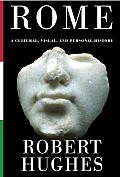 This week Knopf releases Hughes's Rome: A Cultural, Visual, and Personal History. The book begins with the Australian author's first impressions of the Italian metropolis, formed in 1959 when he was an undergraduate, a perspective that is not only charming in and of itself, but allows readers to "see" Rome as it is in modern times before diving back--way back--into its past.
This week Knopf releases Hughes's Rome: A Cultural, Visual, and Personal History. The book begins with the Australian author's first impressions of the Italian metropolis, formed in 1959 when he was an undergraduate, a perspective that is not only charming in and of itself, but allows readers to "see" Rome as it is in modern times before diving back--way back--into its past.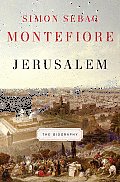 Jerusalem: The Biography by British historian Simon Sebag Montefiore isn't simply about what has happened in the storied Holy Land center--it's about the people through history who have been affected by the city (even Barack Obama). In this author's hands, Jerusalem is not simply a geographical nexus, but a living character.
Jerusalem: The Biography by British historian Simon Sebag Montefiore isn't simply about what has happened in the storied Holy Land center--it's about the people through history who have been affected by the city (even Barack Obama). In this author's hands, Jerusalem is not simply a geographical nexus, but a living character.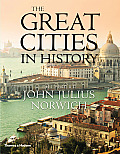 The Great Cities in History by John Julius Norwich is a reference book, and oh, what a reference book it is! Its goal is to demonstrate why a particular city was most important during a particular time, and while that certainly is useful for students, general readers may well find themselves inspired by the ideas and connections.
The Great Cities in History by John Julius Norwich is a reference book, and oh, what a reference book it is! Its goal is to demonstrate why a particular city was most important during a particular time, and while that certainly is useful for students, general readers may well find themselves inspired by the ideas and connections.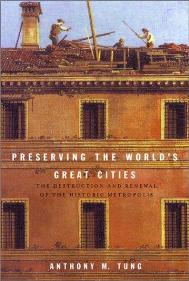 Preserving the World's Great Cities by Anthony Tung. Former New York City Landmarks Preservation Commissioner Tung traveled around the world in an effort to discover what works in terms of preservation and what doesn't, exploring our architectural and cultural heritage as it is embodied in buildings and urban spaces. How did preservation efforts begin? (The answer might surprise you.) How do environmental issues affect preservation? This book's importance overrides its slightly dry tone. --
Preserving the World's Great Cities by Anthony Tung. Former New York City Landmarks Preservation Commissioner Tung traveled around the world in an effort to discover what works in terms of preservation and what doesn't, exploring our architectural and cultural heritage as it is embodied in buildings and urban spaces. How did preservation efforts begin? (The answer might surprise you.) How do environmental issues affect preservation? This book's importance overrides its slightly dry tone. --